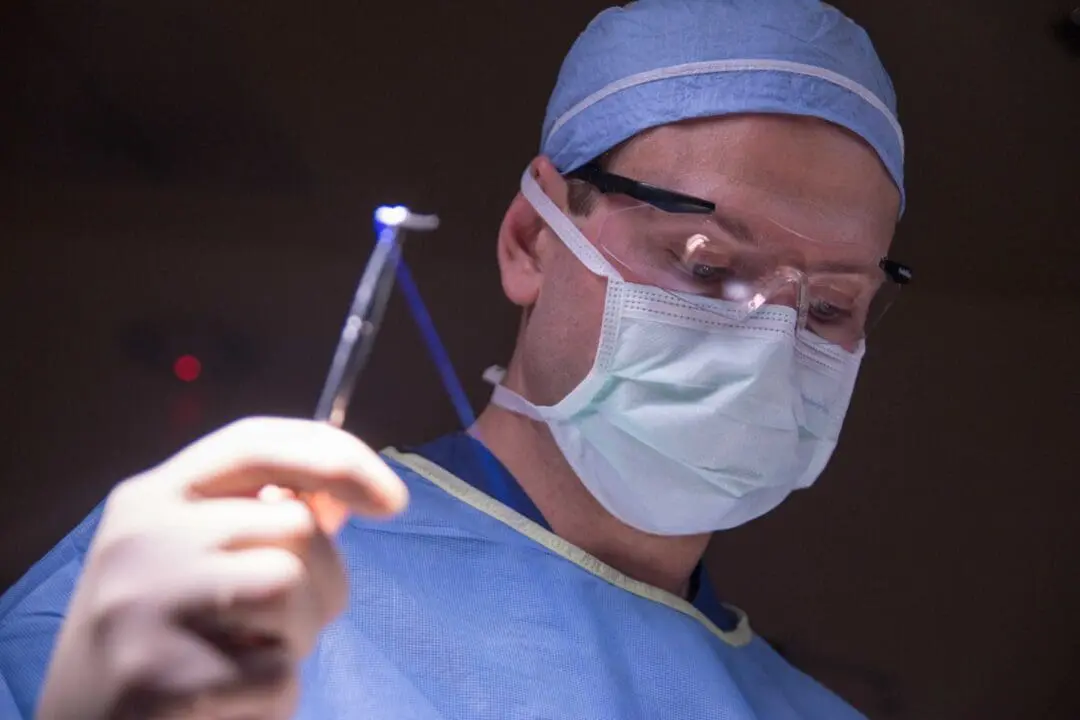
About Revision Knee Replacement
Advancements in orthopedic surgical tools and technology have made it possible for knee surgeons to treat both common and complex injuries to the joint with less invasive techniques than ever before. Whether through conservative treatments like rest, medication, and physical therapy, or more localized surgery to treat common knee injuries, like anterior cruciate ligament (ACL) tears, chronic knee pain and joint problems usually do not mean an end to an active lifestyle for relatively healthy patients who receive successful revision knee replacement and commit to physical therapy and rehabilitation.
The knee joint is one of the most intricate joints in the body. Adjoining the tibia (shin bone) and femur (thigh bone), the joint consists of several major bones and ligaments for stability and range of motion. The patella (kneecap) and fibula are two other prominent bone structures that make up the joint.
In addition to the major bone structures, the joint is made up of four major ligaments that help to provide stability and control movement so that the knee maintains adequate range of motion without moving or bending too far out of alignment.
What Are the Different Types of Lymphoma?
Like the elbow, the knee is a hinge socket, which allows for movement and extension along an axis. The major ligaments that help to maintain proper alignment are:
Anterior cruciate ligament (ACL) – Located at the center of the joint, responsible for controlling rotation of the knee and forward extension of the shin bone.
Posterior cruciate ligament (PCL) – Located at the center back of the knee joint, responsible for backward extension of the shin bone.
Medial collateral ligament (MCL) – Provides stability and control in the inner knee.
Lateral collateral ligament (LCL) – Provides stability to the “sides” or outer knee.
Why does the anatomy of the knee matter? The location and severity of the injury, along with other factors like individual fitness, age, and overall health of the patient generally determine how it is treated. A mild to moderate tear to a ligament, for example, may respond to conservative non-surgical treatments, while more severe tears or those that do not respond to physical therapy and medication may require surgery.
Knee Surgery Details
For Minimally Invasive Knee Surgery
If you are currently suffering from pain and mobility issues related to a knee replacement or previously unsuccessful treatment, contact board-certified orthopedic surgeon Dr. Daniel C. Allison today at (310) 730-8008 to schedule a consultation and to find out if revision knee replacement surgery is right for you.
Knee Revision Treatment
For patients with extensive damage to large parts of the knee joint, most commonly through age-related wear and tear, osteoarthritis, or rheumatoid arthritis, replacing the deteriorated joint with a prosthesis is often the best option to alleviate chronic knee pain, instability, and problems with movement.
Knee replacement surgeries have generally high success rates, however, like any surgical procedure, they carry risks, and like a natural knee joint, the prosthesis can sometimes become damaged or worn down through wear and tear, and require repairs or a complete replacement.
When this occurs, Dr. Allison can perform a second revision knee replacement to relieve pain and correct any problems with the original knee replacement.
For more information about revision knee pain treatments, visit medlineplus.gov
Who is a Candidate for Knee Replacement Revision Surgery?
Anyone who has had a knee replacement treatment may need an adjustment or revision of the implant at some point. While many patients never experience problems with their original implant, some may need adjustment or replacements within 15 – 20 years of the original knee replacement due to wear and tear. However, many revision surgeries occur within 2 – 3 years of the original knee replacement surgery.
Some factors that can impact how well a knee replacement joint holds up over time, and whether the patient will need knee revision surgery include:
-
- Being overweight
- Engaging in high impact physical activities like running
- Device malfunction or incorrect placement of prosthetic during initial surgery
Signs that knee revision surgery may be necessary include:
-
- Pain
- Infections
- Stiffness
- Dislocation
While most revision knee surgeries are generally successful, they are more complicated than the original surgery. Patients considering the procedure should consult with a highly skilled, experienced orthopedic surgeon with a proven track record of success.

![Chondromatosis-scaled[1]](https://drallison.org/wp-content/smush-webp/2022/04/Chondromatosis-scaled1.jpg.webp)
